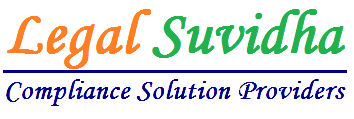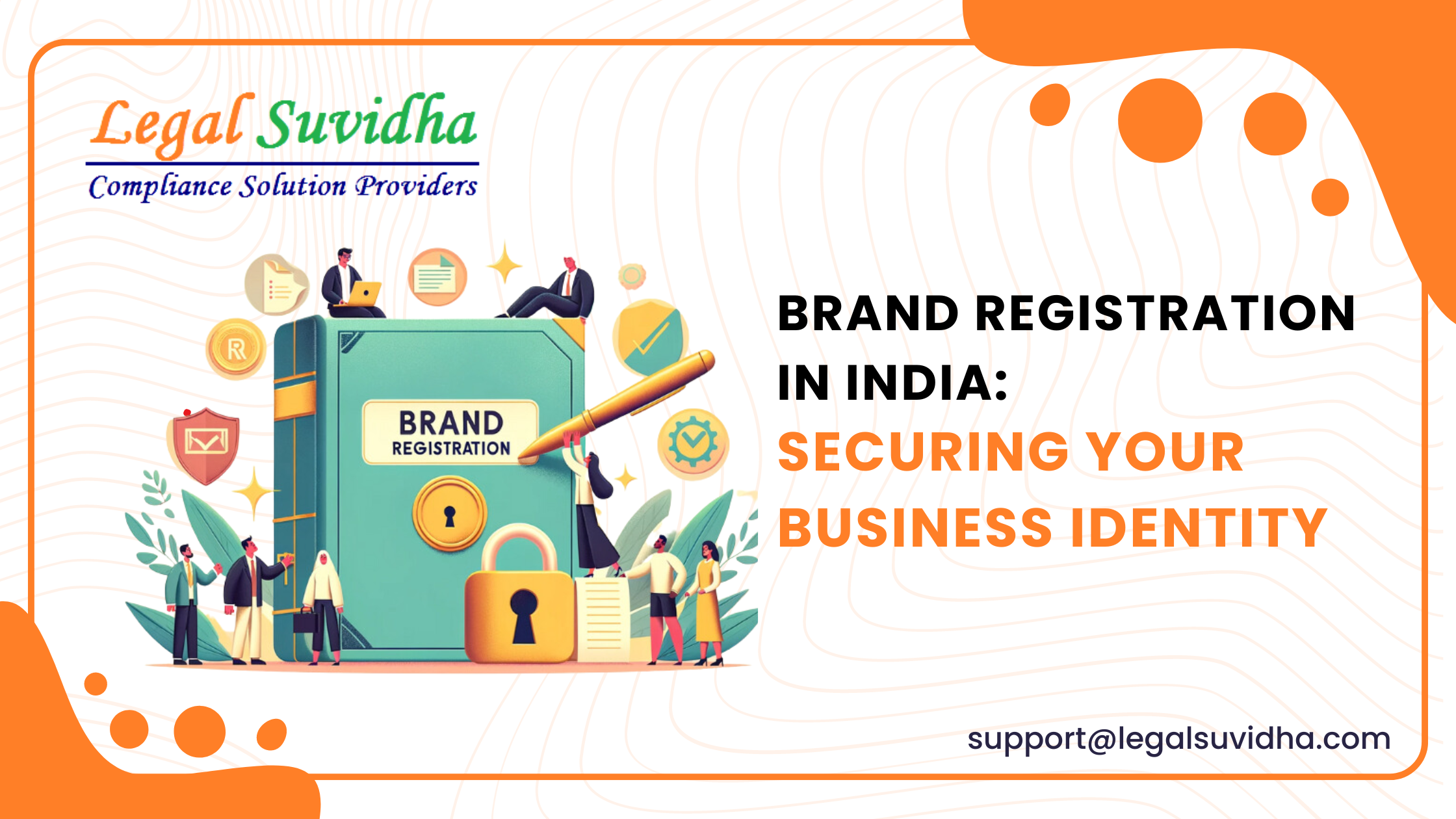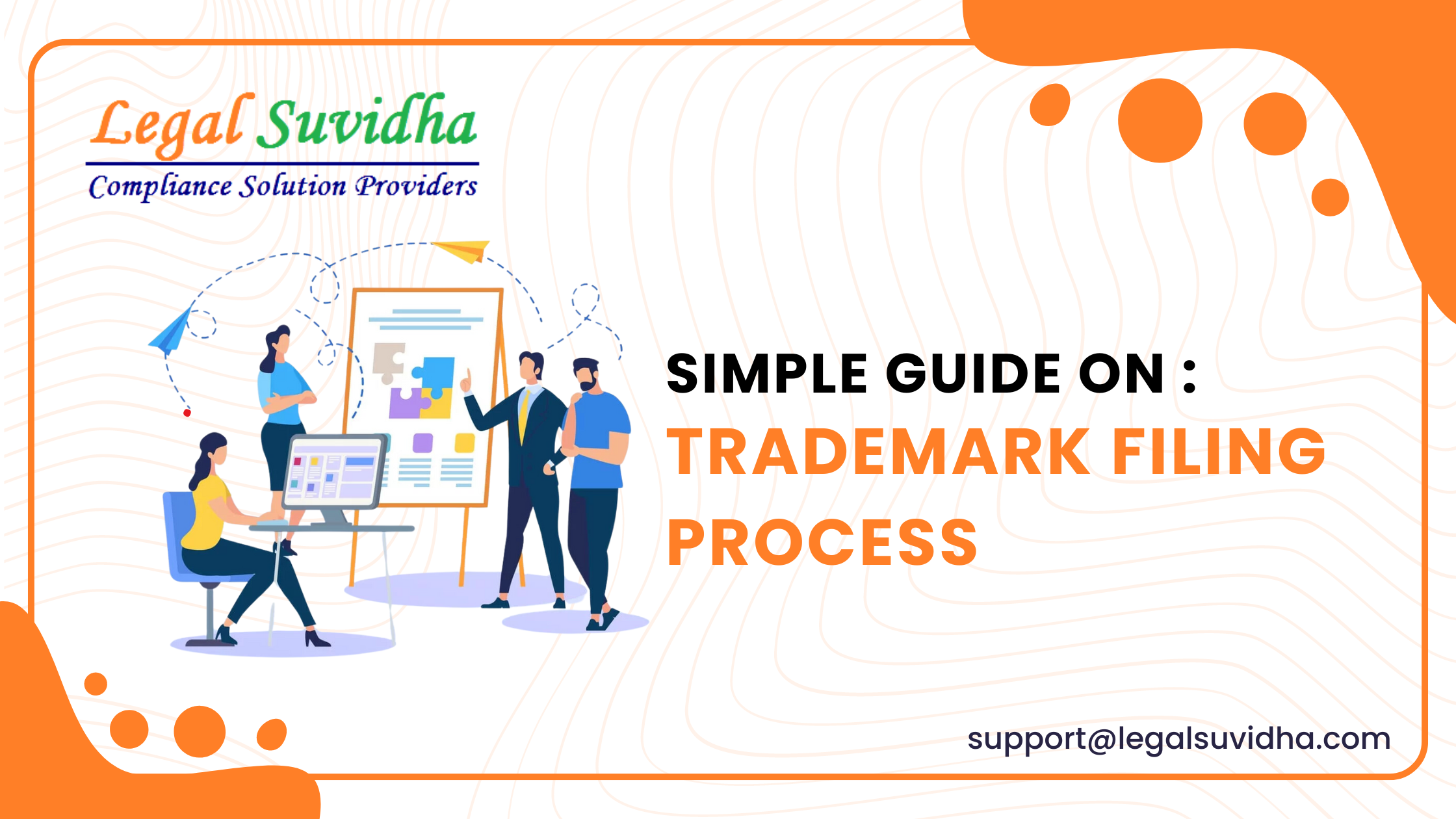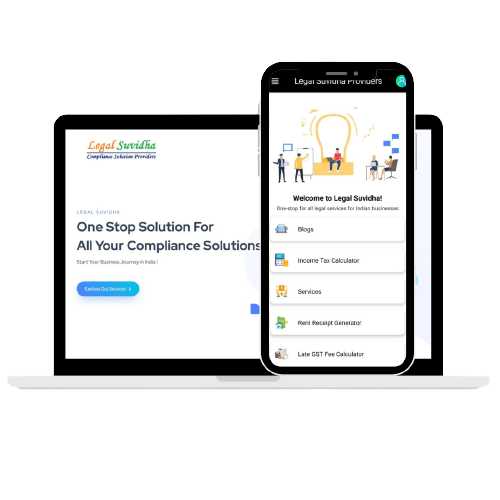A Simple Guide on ISO 45001: Occupational Health and Safety Standards
Introduction
In today’s fast-paced work environments, ensuring the safety and health of employees is paramount. It is a global standard designed to help organizations manage occupational health and safety (OHS) risks and improve workplace safety. This blog provides a comprehensive overview of ISO 45001, its key components, benefits, certification process, and practical applications across different industries.
What is ISO 45001?
This is the international standard for Occupational Health and Safety Management Systems (OHSMS). It was developed by the International Organization for Standardization to provide a framework for improving workplace safety and reducing risks. ISO 45001 aims to create safer work environments by integrating OHS management into the organization’s overall management system.
History and Development
It was introduced in March 2018, replacing the previous OHSAS 18001 standard. It aligns with other ISO management system standards, such as ISO 9001 and ISO 14001, to provide a consistent approach to management systems.
Key Components of ISO 45001
1. Leadership and Worker Participation
Effective OHS management requires strong leadership and active participation from workers. Leaders must demonstrate commitment to OHS by setting objectives, allocating resources, and fostering a safety culture. Worker participation ensures that employees are involved in decision-making processes related to their health and safety.
2. Planning for OHS Risks
It emphasizes the importance of identifying and assessing OHS risks. Organizations must develop and implement plans to manage these risks, set OHS objectives, and establish measures to achieve them. This proactive approach helps prevent accidents and improve safety performance.
3. Support and Operation
Resource management is crucial for successful OHS implementation. This includes providing adequate training, ensuring proper communication, and maintaining the necessary infrastructure. It requires organizations to support the OHSMS through proper documentation and operational controls.
4. Performance Evaluation
Monitoring and evaluating OHS performance is essential to ensure the effectiveness of the OHSMS. It mandates regular internal audits and management reviews to assess compliance and identify areas for improvement. This helps organizations maintain and enhance their OHS performance over time.
5. Improvement
Continuous improvement is a core principle of International Organization for Standardization 45001. Organizations must address nonconformities, implement corrective actions, and strive for ongoing enhancements in their OHS practices. This commitment to improvement helps sustain a safe and healthy work environment.
Benefits of Implementing ISO 45001
1. Enhanced Employee Safety and Health
It provides a structured approach to managing OHS risks, leading to a safer and healthier work environment. By identifying hazards and implementing controls, organizations can significantly reduce workplace accidents and illnesses.
2. Reduction in Workplace Incidents
The proactive risk management approach of this certificate helps in preventing accidents before they occur. This reduction in incidents leads to fewer disruptions, lower costs, and a more stable work environment.
3. Compliance with Legal and Regulatory Requirements
It helps organizations stay compliant with OHS laws and regulations. By adhering to the standard’s requirements, organizations can avoid legal penalties and ensure they meet their regulatory obligations.
4. Improved Organizational Reputation
Implementing ISO 45001 demonstrates a commitment to employee safety and health. This commitment enhances the organization’s reputation, making it more attractive to clients, investors, and potential employees.
5. Increased Productivity and Efficiency
A safer work environment leads to fewer accidents and absences, resulting in higher productivity and efficiency. This certificate helps organizations optimize their operations by minimizing disruptions and improving overall performance.
ISO 45001 Certification Process
1. Preparation and Planning
The first step in the certification process is to prepare and plan for the implementation of International Organization for Standardization 45001. This involves assessing current OHS practices, identifying gaps, and developing an implementation plan.
2. Implementing the OHS Management System
Organizations must establish and implement an OHS management system based on International Organization for Standardization 45001 requirements. This includes developing policies, procedures, and controls to manage OHS risks effectively.
3. Internal Audits and Management Reviews
Regular internal audits and management reviews are conducted to assess the effectiveness of the OHSMS. These audits help identify areas for improvement and ensure compliance with ISO 45001 standards.
4. Certification Audit
A certification audit is performed by an external auditor to verify that the OHSMS meets ISO 45001 requirements. Successful completion of the audit results in certification, demonstrating the organization’s commitment to OHS.
5. Ongoing Maintenance and Recertification
ISO 45001 certification requires ongoing maintenance and periodic recertification. Organizations must continually monitor and improve their OHSMS to retain their certification and uphold safety standards.
Industry-Specific Applications of ISO 45001
1. Manufacturing
In the manufacturing sector, ISO 45001 helps manage risks associated with machinery, chemicals, and physical hazards. It supports the implementation of safety measures such as proper machine guarding, chemical handling procedures, and ergonomic improvements, leading to a safer work environment.
2. Construction
The construction industry faces unique OHS challenges, including working at heights, exposure to hazardous materials, and operating heavy machinery. ISO 45001 provides a framework for managing these risks through comprehensive safety protocols, training programs, and emergency response plans.
3. Healthcare
Healthcare organizations benefit from ISO 45001 by addressing risks related to infection control, ergonomics, and workplace violence. The standard helps create a safer environment for both healthcare workers and patients by implementing infection control measures, proper handling of medical equipment, and protocols for managing workplace violence.
4. Service Sector
In the service sector, ISO 45001 helps manage risks associated with office environments, customer interactions, and emergency preparedness. It promotes a culture of safety by addressing risks such as slips, trips, and falls, and ensuring proper emergency response procedures are in place.
Conclusion
ISO 45001 is a valuable standard for organizations committed to improving occupational health and safety. By implementing ISO 45001, organizations can enhance workplace safety, comply with legal requirements, and boost overall performance. Take the first step towards a safer work environment by adopting ISO 45001 and reaping its numerous benefits.
FAQs
1. What is the difference between ISO 45001 and OHSAS 18001?
International Organization for Standardization 45001 replaces OHSAS 18001 and provides a more integrated approach to OHS management, aligning with other ISO management standards.
2. How long does it take to get ISO 45001 certified?
The certification process duration varies based on the organization’s size and complexity, typically ranging from a few months to a year.
3. What are the costs associated with ISO 45001 certification?
Costs include certification fees, training, and implementation expenses. The total cost depends on the organization’s size and scope of certification.
4. How often should ISO 45001 be reviewed or updated?
It should be reviewed regularly, with internal audits and management reviews conducted at least annually.
5. Can small businesses benefit from ISO 45001?
Yes, it is applicable to businesses of all sizes and helps improve safety and health regardless of the organization’s scale.
6. What are the key steps to prepare for an International Organization for Standardization 45001 audit?
Key steps include conducting internal audits, reviewing compliance, addressing nonconformities, and ensuring all documentation is up-to-date.
7. How does ISO 45001 improve workplace safety?
It improves workplace safety by providing a structured approach to managing OHS risks and fostering a culture of safety.
8. Are there any industries where ISO 45001 is not applicable?
ISO 45001 is applicable to all industries, although specific requirements may vary based on industry risks and regulations.
9. What is the role of top management in ISO 45001?
Top management is responsible for leading the OHSMS, setting objectives, providing resources, and ensuring employee involvement.
10. How can ISO 45001 help in legal compliance?
It helps organizations comply with legal and regulatory requirements by integrating OHS management into their overall system.









